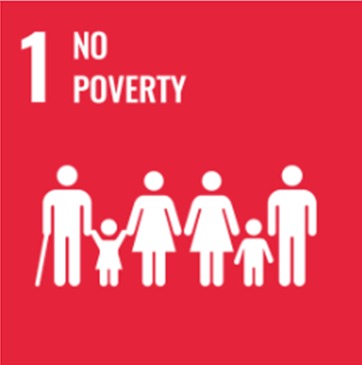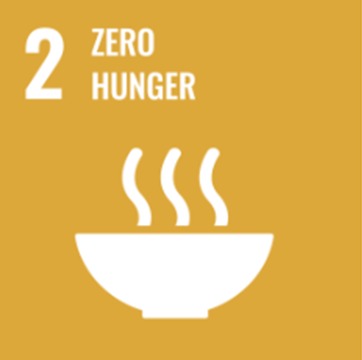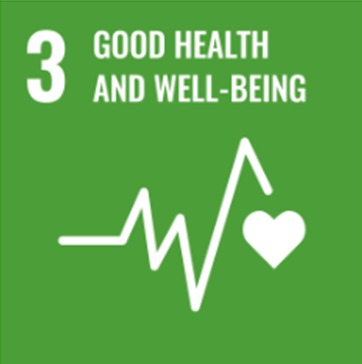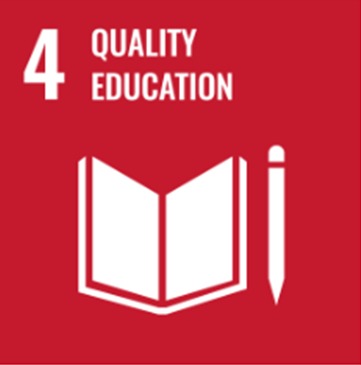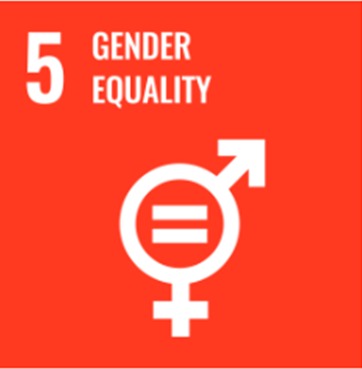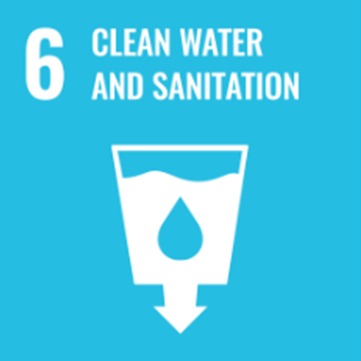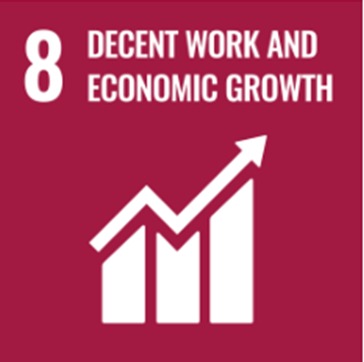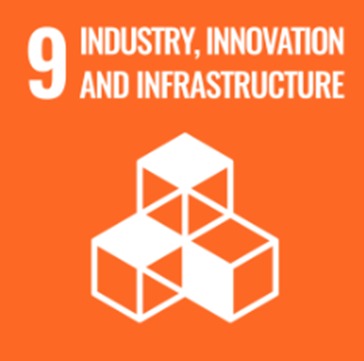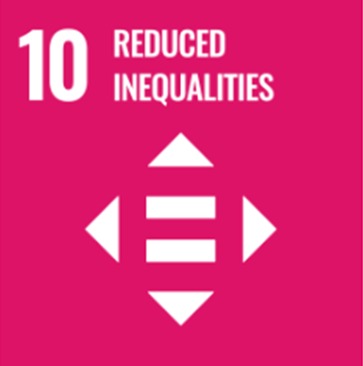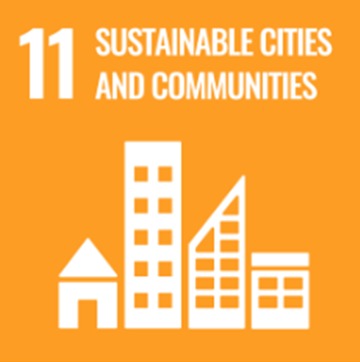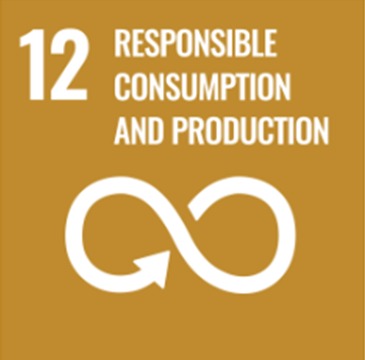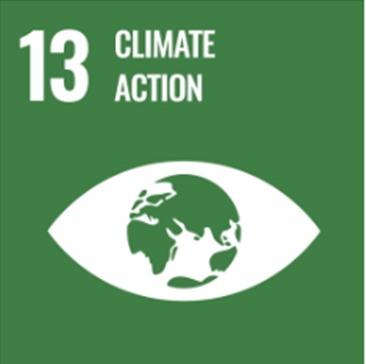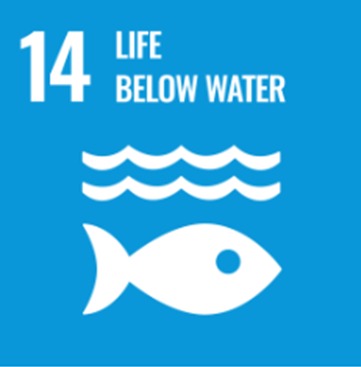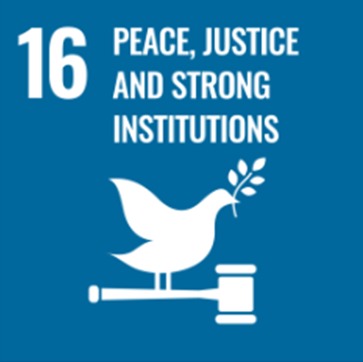- SDG 1
- SDG 2
- SDG 3
- SDG 4
- SDG 5
- SDG 6
- SDG 7
- SDG 8
- SDG 9
- SDG 10
- SDG 11
- SDG 12
- SDG 13
- SDG 14
- SDG 15
- SDG 16
- SDG 17
SDG 1
The low level of community economic welfare is a problem that is difficult to find a solution for. The structure of global trade has had consequences for the exclusion of certain groups from economic activity. It is this group of unemployed who then becomes increasingly vulnerable to poverty. Poverty is also the root cause of other problems, such as hunger and education. Recognizing the complexity of the problem of poverty, countries in the world are committed to providing equal access to basic needs that are the right of every citizen. This is the first step towards solving the problem of poverty by taking into account the sustainability aspect. Through the collective commitment of all countries in the world, it is hoped that the issue of poverty can be faced in various ways by taking into account the internal conditions of each.
SDG 2
Hunger cannot be separated from the standard of social welfare. The high rates of hunger in certain parts of the world reflect real economic inequality. The unequal access of some groups of people to nutritious food supplies has made the problem of hunger difficult to solve. Moreover, hunger greatly affects the quality of a country’s human resources, thereby adding to the urgency of targeted solutions. By making hunger a common problem, it is hoped that a feeling of solidarity will emerge from countries around the world to help each other in coming up with concrete solutions. Commitment to eradicating hunger will encourage each country to be ambitious in tackling hunger.
SDG 3
Good health and well-being are becoming increasingly crucial as the world faces new and diverse challenges of life and disease. Increasing awareness of mental health is a good start for everyone to respond more carefully to the problems they face in life. Mental stability will be the foundation for the creation of strong physical health. The COVID-19 pandemic has also created new problems that illustrate the need for resilience to respond to the risks posed by the pandemic. By uniting countries around the world to create strong physical and mental health of people, it is hoped that there will be a sustainable transfer of knowledge and technology.
SDG 4
Education is indeed the cornerstone in shaping individuals with outstanding potential, and Universitas Sriwijaya recognizes the importance of education as a tool to enhance the quality of life for individuals. Providing broad access to quality education for all layers of society, regardless of economic aspects, is a fundamental responsibility of every nation, and Universitas Sriwijaya plays a role in this initiative. Education is expected to make a positive contribution to improving the standard of living for citizens and providing solutions to various challenges faced by different countries. To address micro-level issues, it’s crucial to start from the root of the problems, and Universitas Sriwijaya believes that making education the primary foundation in every government action will result in a next generation equipped with the creativity and intelligence needed to face contemporary issues.
SDG 5
Gender is the differentiation of roles, attributes, traits, attitudes and behaviors that grow and develop in society. And gender roles are divided into productive roles, reproductive roles and social roles. Gender equality is a fundamental human right, and the foundation for a peaceful, prosperous and sustainable world. Providing women and girls equal access to education is an important part of achieving gender equality, but universities also have a broader role to play in promoting gender equality such as providing guidance and programs that support gender equality
SDG 7
Energy is one of the main supporting factors of human life. Energy and how it is used must be efficient, sustainable and renewable as much as possible. Energy is at the center of almost every major challenge and opportunity facing the world today and access to energy for all is critical. But energy must be available and affordable for all to enable future development, and it must be clean to ensure that development is sustainable.
SDG 8
Having a job does not guarantee the ability to get out of the grip of poverty. A persistent shortage of decent job opportunities, inadequate investment and low consumption lead to the erosion of the fundamental social contract on which a democratic society is based: All progress must be shared. Decent work in safe and stable conditions is an important component of helping people move out of poverty, with aspects related to reducing hunger and improving health. The rise of precarious work, modern slavery, and unequal growth have created threats to a sustainable future. Colleges as employers can lead, as teachers can educate for the future, and as innovators can develop new and fairer ways of working.
SDG 9
The ability to stay connected and thrive in industry and technology is critical to addressing economic, social and environmental challenges. Universities can set standards and promote regulations that ensure company projects and initiatives are managed sustainably. Universities can also collaborate with NGOs and the public sector to help promote sustainable growth in developing countries.
SDG 10
Ensuring inequality and the under-representation is reduced is the path to better justice. Inequality exists in various forms, such as economy, gender, disability, race, social inequality, and various forms of discrimination. Universities with a high degree of heterogeneity are more likely to instill and disseminate values that support equality.
SDG 11
A sustainable city is an agenda for change in creating a dignified life and a prerequisite for community growth and development. Universities should also offer support through the implementation of proactive urban policies and increase the capacity of actors in the urban sector to meet the unique challenges of the city.
SDG 12
Changes in consumption patterns can help limit economic growth and human well-being from resource use and their impact on the environment. Resource and impact constraints are needed to make the transition to a greener and more socially inclusive global economy. The university as a center for learning activities can instill consumption and production patterns in its community.
SDG 13
In reducing climate change, universities can collaborate with local and regional governments and NGOs. The program form of the cooperation can also be informed to the local community as a form of early warning and risk monitoring. In addition, universities can provide local education programs on climate to students and local communities. Universities also need to establish a carbon neutral policy as a form of commitment to reduce carbon use, one of which is by tracking or measuring the amount of carbon energy used in universities, either fully or partially. With this tracking, the university can control the use of carbon that has been used for a period of one year.
SDG 15
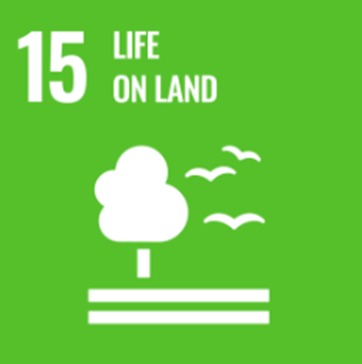
Biodiversity on land, including flora and fauna, needs to be considered, especially for those categorized as endangered species. The first step that can be taken by universities to maintain biodiversity is to make policies regarding the prohibition of waste disposal that can damage the terrestrial environment, such as B3 waste and non-disposable waste. Universities can also collaborate or provide educational programs on flora and fauna ecosystems for students and local communities to always protect the terrestrial environment. This is one proof that universities not only set policies, but also need to implement them in daily life as a form of sustainable business, conservation, and land restoration.
SDG 16
Institutions including universities are institutions that give birth to various collaborations both internally and externally. The principles applied by the university, such as governance including the election of a board of trustees and student executive bodies as well as academic freedom at various levels, are a form of the university’s commitment to support its internal activities. Then, to support external activities, universities can collaborate and discuss with stakeholders, such as local, regional and national governments. In addition, in terms of outreach and education, it can also be done by increasing skills and capacity building for policy makers by making a relevant topic regarding regulations at the university and outside the university.

